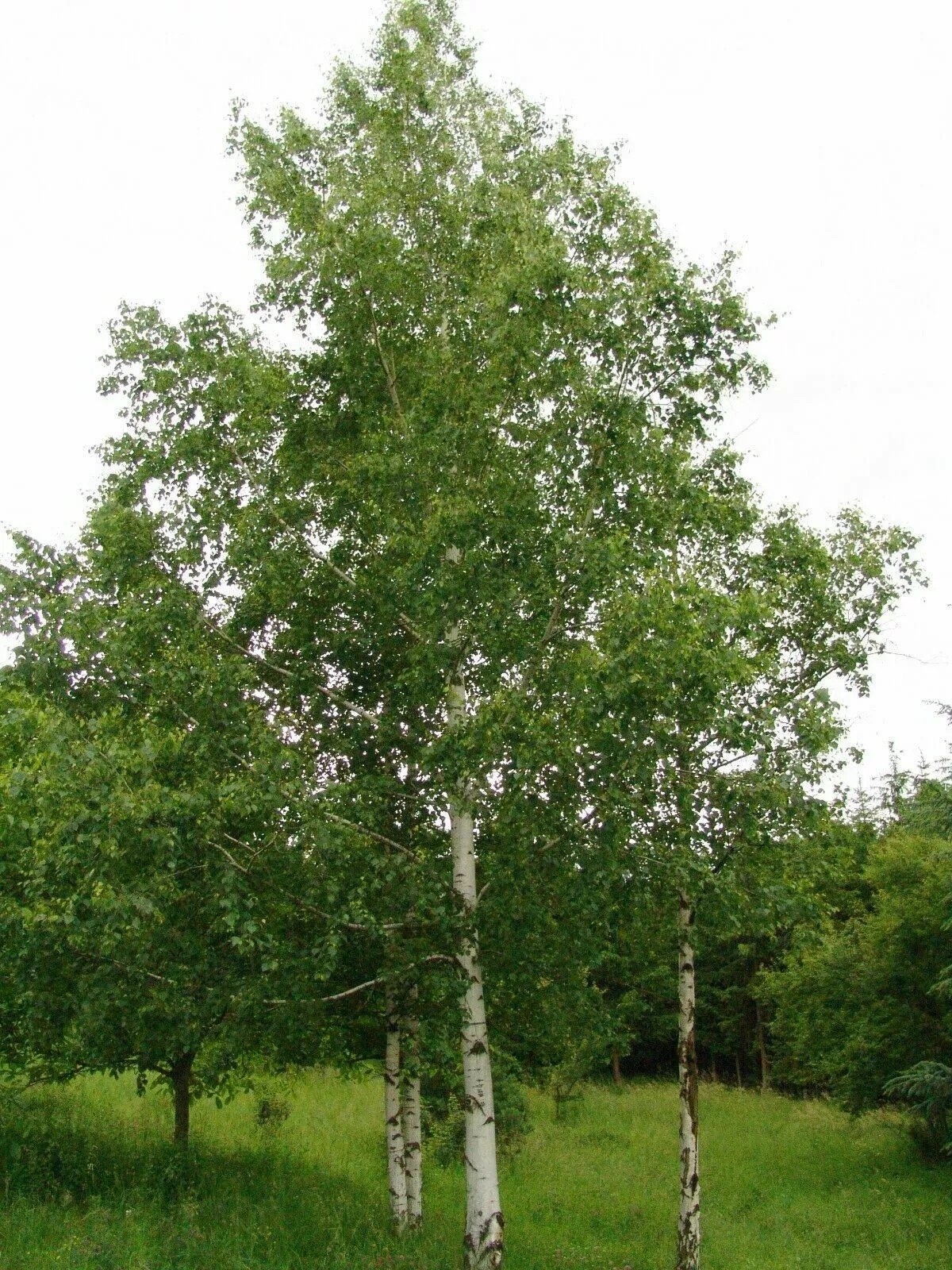Street-friendly trees
Here are some of the trees the council could plant. They’re good for wildlife, look beautiful and are suitable for planting near our homes.
Crab apple
Crab apples are native to the UK and one of the ancestors of the apples we buy in shops.
The round and glossy leaves are the food source for several moths.
Pink and white flowers are an early source of nectar and pollen for bees and other insects. Birds and small mammals such as foxes, eat the small fruit.
Crab Apples have been associated with love and marriage for centuries and Celts burned the wood during fertility rituals.
Latin name Malus sylvestris
Height 10m in 100 years
Good for moths, birds, bees and small mammals
Hornbeam
Hornbeam is a deciduous broadleaf tree native to the UK. The leaves turn yellow and orange in autumn and many stay on during the winter.
It has male and female flower catkins on the same tree. Female catkins are pollinated by the wind and turn into winged, papery fruits called samaras.
The Romans are thought to have used Hornbeam to make their chariots, because the wood is so strong.
Latin name Carpinus betulus
Height 30m in 300 years
Good for moths, birds and small mammals
Katsura
A deciduous tree that originates from China.
Green, heart shaped leaves turn a wonderful range of pinks and yellows in autumn. It is nicknamed the candyfloss or toffee apple tree because it can smell like burnt sugar.
It has tiny red flowers in spring.
Latin name Cercidiphylum japonicum
Height 12 to 18 metres
Maidenhair tree
Ginkgo biloba is a slow growing, deciduous conifer. It’s a living fossil, having remained unchanged for millions of years. It's got an attractive shape and fan-shaped leaves, which turn yellow in autumn.
Latin name Gingko biloba
Height 30 metres
Ornamental Pear
Ornamental pears have been called the perfect street tree. They’re deciduous, shaped like a pyramid and good at tolerating pollution.
They’re one of the first trees to come into leaf in spring. The glossy green leaves turn red and purple in autumn and clouds of scented white flowers are pollinated by insects.
Its small brown fruits are not edible.
Latin name Pyrus calleryana
Height 12 to 17 metres
Rowan
Also known as mountain ash, rowan is a native European tree. It’s a star tree for wildlife. Early pollinators like its creamy white flowers in spring. Later in the year huge crops of bright red berries attract birds of all kinds, and foliage turns orange and gold.
It has a rounded, compact shape which makes it ideal for street planting.
Latin name Sorbus aucuparia
Height 15 metres
Good for bees, birds, butterflies and moths
Silver birch
The silver birch is grown for its silver-white bark, spring catkins and pretty yellow autumn foliage. It's a medium-sized, deciduous tree and is a British native. It’s one of the first trees to grow in new habitats.
They support over 300 insect species. Woodpeckers like nesting in the trunk and other birds like its seeds.
The bark is silver-white and papery. The triangular leaves turn yellow in autumn.
They’re seen as sacred trees and have been used to expel evil spirits from delinquents.
Latin name Betula pendula
Height 24 metres
Good for insects and birds
Small-leaved lime
This is now a scarce tree, found in ancient forests.
Its heart shaped leaves are food for several moth caterpillars. The green to yellow flower clusters attract bees and many other pollinators.
The flowers can be used medicinally and to make a mild sedative tea.
Winged fruits are dispersed by the wind in autumn.
The wood from the tree does not warp, so it is great for carving and piano keys.
Latin name Tilia cordata
Height 38 metres in 400 years
Sweet gum
Liquidambar is a deciduous ornamental tree with glossy maple-like leaves. These turn to crimson, orange and purple in the autumn to create a wonderful display.
Latin name Liquidambar styraciflua
Height 12 metres in 50 years
Whitebeam
A compact, domed shaped deciduous tree native to the UK. Dark green leaves are pale underneath.
White flowers appear in May, followed by clusters of red berries, and leaves turn russet in autumn.
It is seen as a nourishing and powerful tree, symbolising tenacity, endurance and perseverance.
Latin name Sorbus aria
Height 8 to 15 metres
Good for pollinating insects, birds and moths










